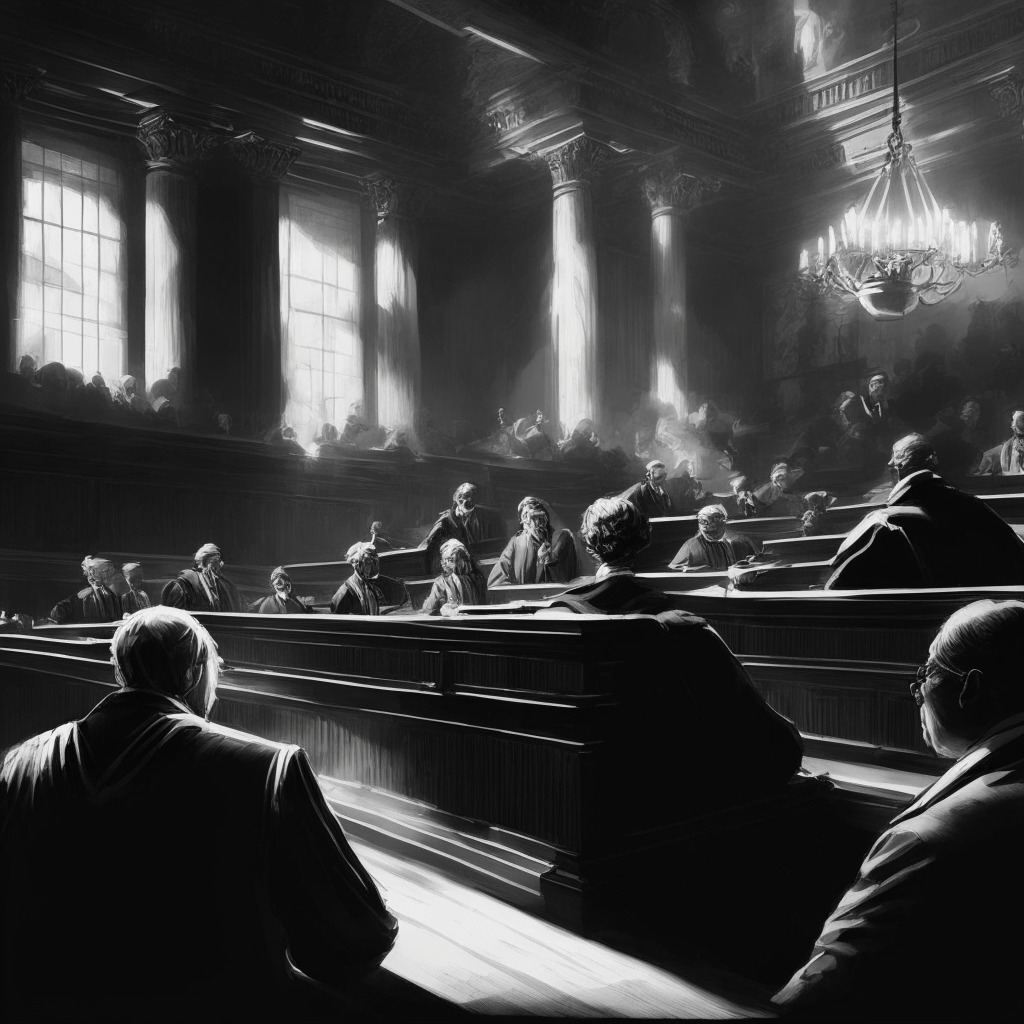Former users of the now-bankrupt Canadian crypto exchange QuadrigaCX are set to receive only 13% of their total claims. Accounting giant Ernst & Young (EY) published a notice stating that each creditor of the exchange will get “13.094156% of their proven claim less the levy amount payable to the Office of the Superintendent of Bankruptcy pursuant to the BIA.”
QuadrigaCX owes CAD $303.1 million ($222.3 million) across 17,648 claims from creditors, which include Canada Post and the country’s tax authority, Canada Revenue Agency (CRA). The filing also reveals that there are 15 claims with a value greater than CAD $1 million and 28 claims with a value between CAD $500,000 and $999,999. However, the majority of the 15,356 creditors are owed between CAD $0 to CAD $10,000.
The interim dividend payout provides for a distribution of approximately 87.0% of the funds the Trustee is currently holding, with the remaining funds held as a reserve for future disbursements related to the administration of the bankruptcy. A final distribution will be made at a later date.
Users of the platform whose holdings were converted into the asset’s monetary value as of April 15, 2019, will receive CAD $6,739.08 ($7,122.9) per BTC and CAD $223.45 ($299.45) per Ethereum.
QuadrigaCX’s collapse in 2019 was due to CEO Gerald Cotten’s mysterious death in India, taking with him the only known private keys to the exchange’s wallets. Investigations conducted by the Ontario Securities Commission revealed that Quadriga was a Ponzi scheme, as Cotten had committed fraud by opening accounts under aliases and crediting himself with fictitious currency and crypto asset balances, which he then traded with unsuspecting clients.
Though some of the funds owed to the exchange’s customers will now be paid back, substantial amounts remain unaccounted for. Bankruptcy trustee Ernst & Young managed to recover only $34.3 million worth of crypto from the estate. Cryptocurrency tracking firm Chainalysis stated in 2019 that either the funds were never received or quickly went missing. The actual usage of customers’ funds for purchasing Bitcoin remains an enigma, raising skepticism before investors can regain their lost assets fully.
In conclusion, the QuadrigaCX case underscores the ongoing need for proper oversight and regulation in the crypto market to protect investors from fraud and losses. While repayment of a portion of the funds offers some relief to creditors, the lingering uncertainty surrounding the remaining funds highlights the risks associated with the current state of the crypto market.
Source: Cryptonews




